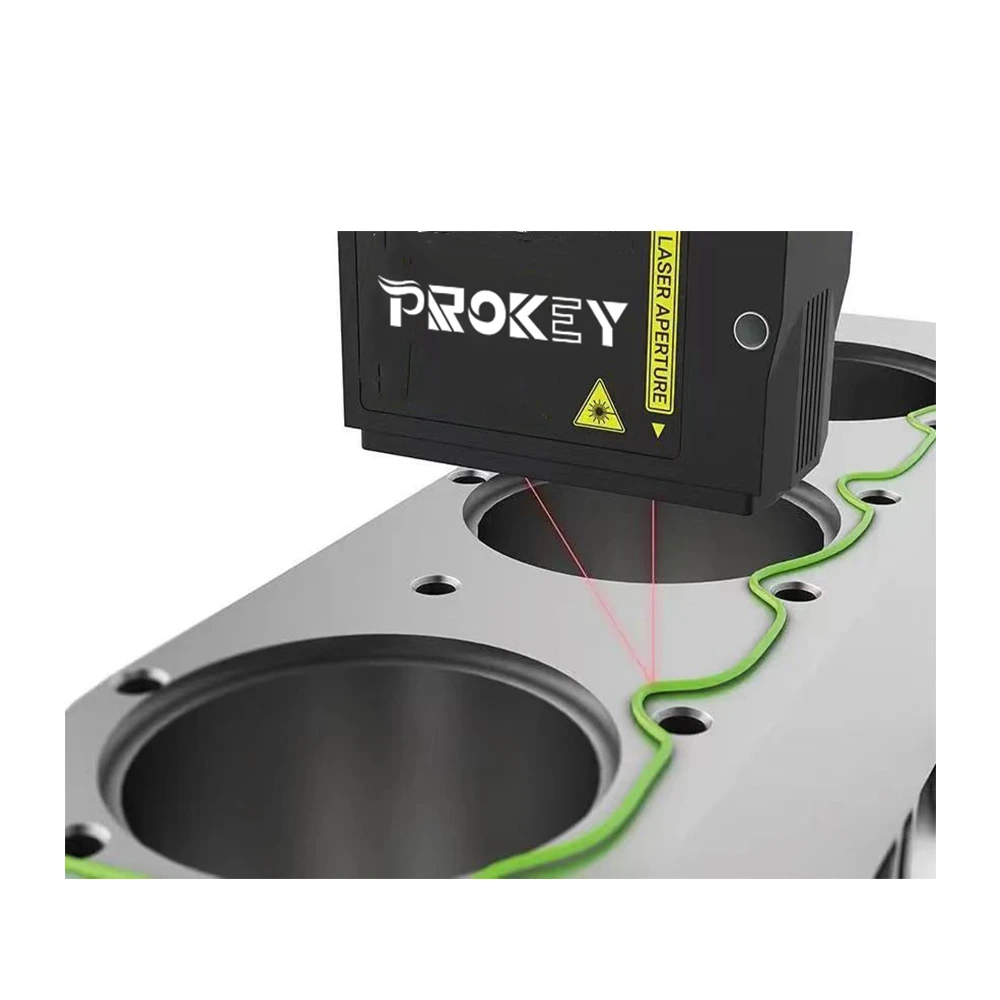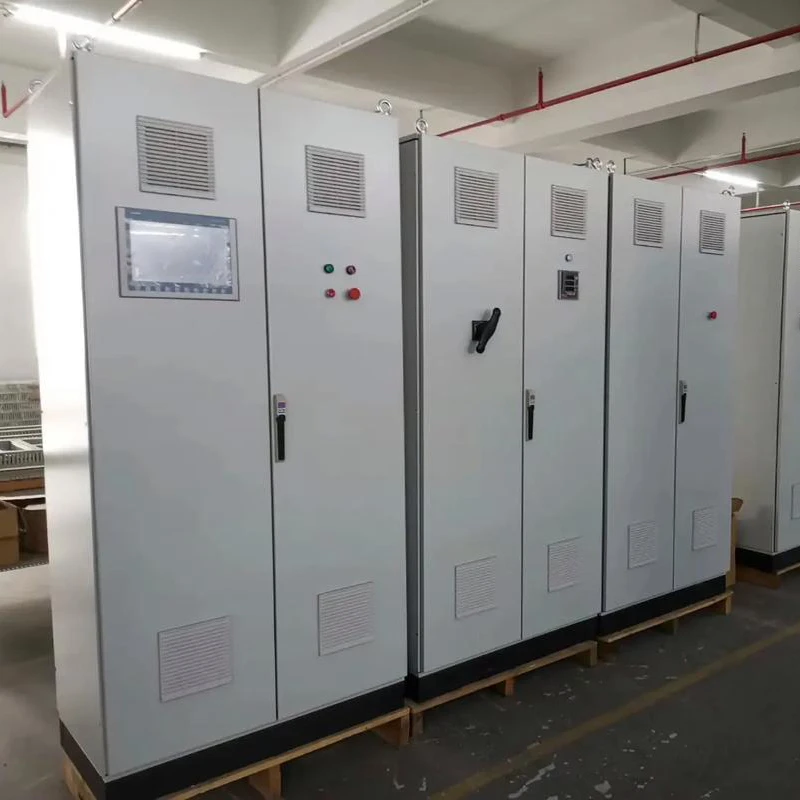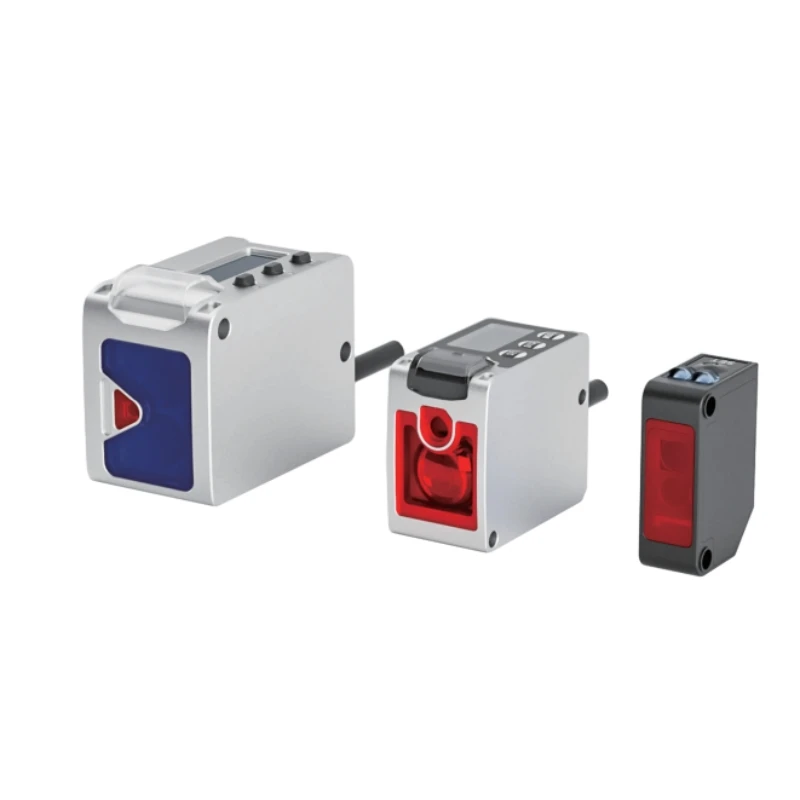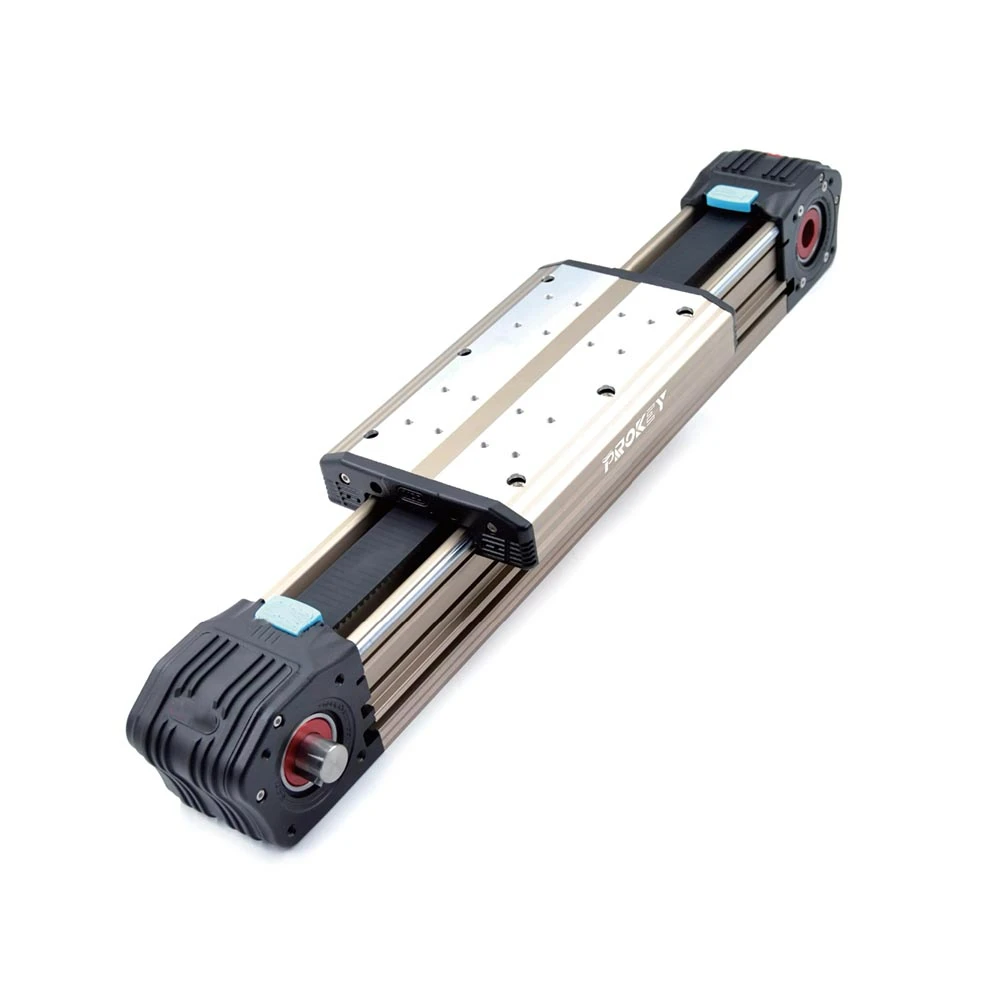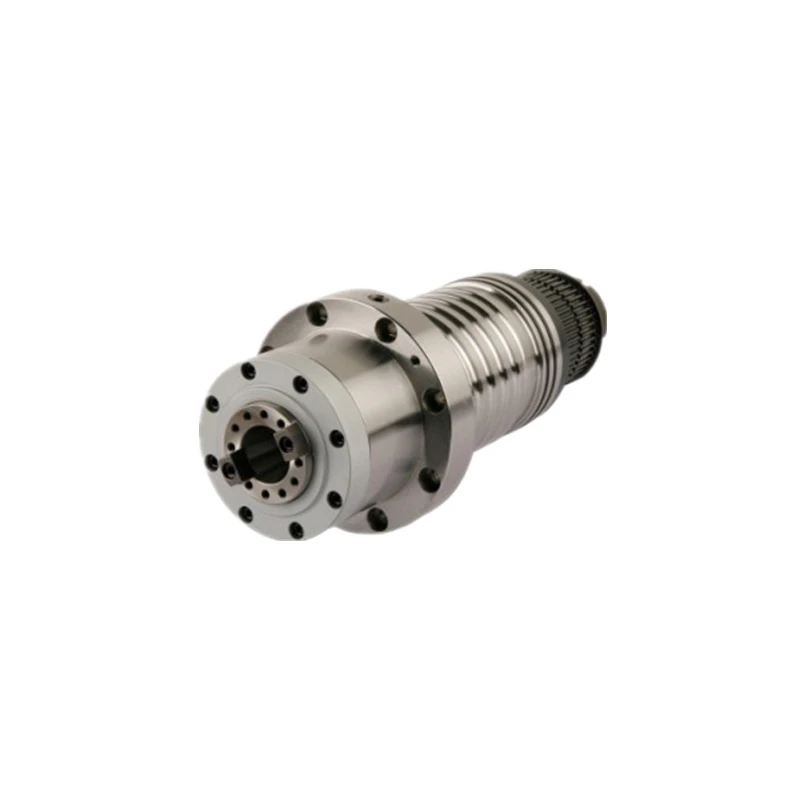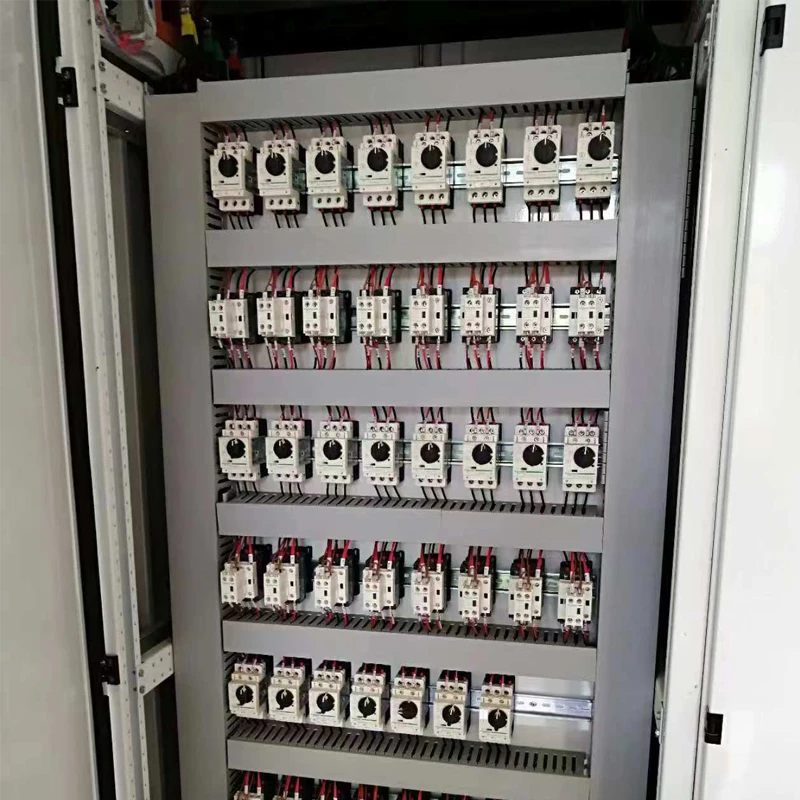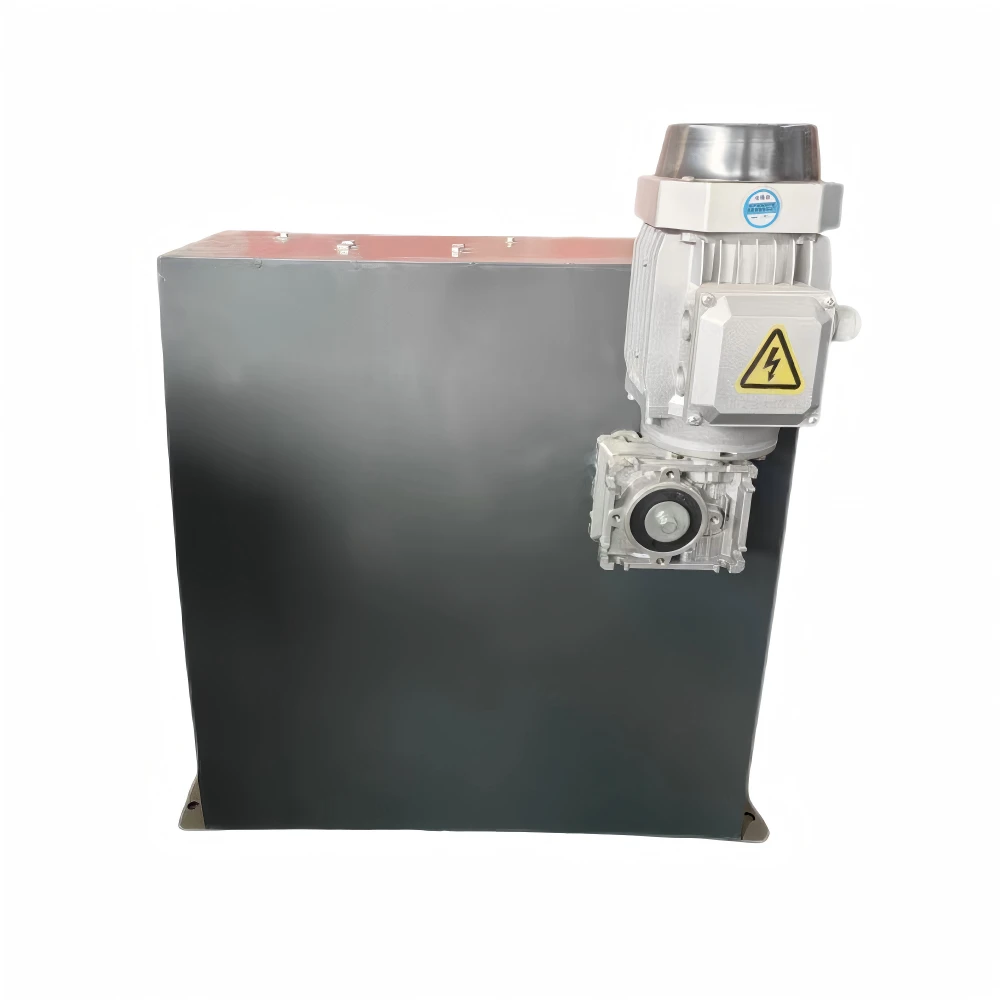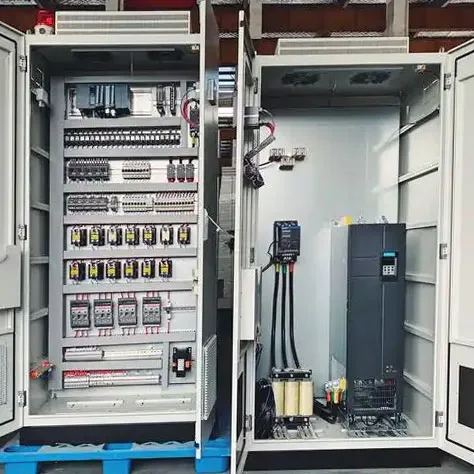1 月 . 17, 2025 14:23 Back to list
Maintenance Tips for Linear Bearings: Maximizing Lifespan and Performance
Linear bearings are essential components in many precision machines, offering smooth, frictionless motion across a range of industrial applications. Whether used in CNC machines, robotics, or conveyors, these bearings must maintain peak performance to ensure the efficiency and longevity of the systems they support. Proper maintenance is key to maximizing their lifespan and preventing costly downtime. This article explores practical maintenance tips for linear bearings that help optimize performance and extend service life.

Regular Inspection: The First Line of Defense About Linear Bearings
One of the most important steps in maintaining linear motion shaft is regular inspection. By routinely checking the bearings, you can identify early signs of wear, contamination, or misalignment before they lead to more significant issues. The inspection process should include visual checks for signs of damage, such as cracks, discoloration, or uneven wear on the bearing surfaces. Pay close attention to any irregularities in the motion of the system, as these could indicate internal bearing problems.
During inspection, it’s crucial to ensure that the linear bearing and shaft is properly aligned. Misalignment can cause excessive wear and reduce the efficiency of the bearing. If you notice any issues, such as excessive play or noise, it may be time to address alignment problems or replace the bearing.
Keep Linear Bearings Clean and Free from Contaminants
Contamination is one of the most common causes of premature bearing failure. Dust, dirt, moisture, and other debris can all interfere with the smooth operation of linear bearings, leading to increased friction and wear. To prevent this, it’s essential to keep the bearings clean and ensure the surrounding environment is free from contaminants.
Use compressed air or a soft brush to remove dirt and debris from the surface of the bearing. For more thorough cleaning, you can use specialized solvents that are safe for the bearing material. However, be cautious not to damage the seals or the bearing itself during the cleaning process. If the bearing operates in a particularly harsh environment, consider using a more robust sealing system or installing protective covers to shield the bearing from contaminants.
Lubrication: Ensuring Smooth Motion About Linear Bearings
Lubrication is critical for maintaining the smooth operation of linear bearings. Proper lubrication reduces friction, which in turn minimizes wear and heat buildup. However, too much or too little lubrication can both cause issues. Over-lubricating the bearing can lead to the accumulation of excess grease, which may attract dust and debris, while insufficient lubrication can result in excessive friction and premature failure.
It’s essential to follow the manufacturer’s guidelines on lubrication type and frequency. Some linear bearings come with self-lubricating features, reducing the need for manual intervention. However, even these systems require periodic checks to ensure they continue to function effectively. For bearings that need external lubrication, apply the lubricant sparingly and regularly check the condition of the grease or oil. Clean and re-lubricate the bearings as needed based on their usage and operating conditions.
Monitor Load and Speed Limits of Linear Bearings
Excessive loads and speeds can significantly reduce the lifespan of linear bearings. It’s important to monitor and ensure that the operating conditions of your system are within the bearing’s specified limits. Overloading a bearing or operating it at speeds higher than its design parameters can lead to overheating, accelerated wear, and eventual failure.
To prevent this, be sure to choose the right type of bearing for the specific application and load requirements. When setting up your machine, verify that the bearing is not subjected to excessive forces or speeds that could strain its components. Additionally, consider distributing the load evenly across the bearing to prevent localized stress concentrations that can accelerate wear.
Preventive Maintenance: A Proactive Approach of Linear Bearings
Adopting a proactive maintenance approach is one of the best ways to extend the life of linear bearings. Rather than waiting for issues to arise, schedule regular maintenance checks based on usage hours or a specific time interval. This helps ensure that any wear or damage is detected early, and necessary repairs or replacements are made before they lead to larger system failures.
Incorporate preventive maintenance practices such as cleaning, lubrication, and inspection into your routine maintenance schedule. If your linear bearing system operates in a particularly demanding environment, consider more frequent maintenance checks to account for factors like temperature fluctuations, humidity, and exposure to contaminants. Establishing a well-documented maintenance schedule can help track the condition of bearings and avoid unnecessary downtime.
Address Misalignment Promptly About Linear Bearings
Misalignment is a common issue that can significantly affect the performance of linear bearings. When bearings are misaligned, they experience uneven loading, which accelerates wear and can lead to catastrophic failure if not addressed. Misalignment can occur due to improper installation, wear over time, or environmental factors.
To prevent this, always check alignment when installing or replacing bearings. Use precision tools to ensure that the bearing is positioned correctly along its designated path. If misalignment is detected during routine maintenance, make adjustments promptly to prevent further damage. Proper alignment is especially crucial for applications with high speeds or precision requirements, where even slight deviations can cause significant issues.
-
Why Steel Mills Rely on FODA’s High-Temperature Cylindrical Roller Bearings?
NewsApr.10,2025
-
What is a Plain Bearing? A Complete Guide to Design & Functionality
NewsApr.10,2025
-
Thrust Ball Bearings vs. Tapered Roller Bearings: FODA’s Performance Comparison
NewsApr.10,2025
-
The Engineering Behind FODA Thrust Ball Bearings: Precision for High-Speed Applications
NewsApr.10,2025
-
No More Compromises: Get Precision-Engineered Custom Bearings Tailored to Your Exact Specifications
NewsApr.10,2025
-
In-Depth Analysis: Application Differences of Different Types of Angular Contact Ball Bearings
NewsApr.10,2025
Products categories



